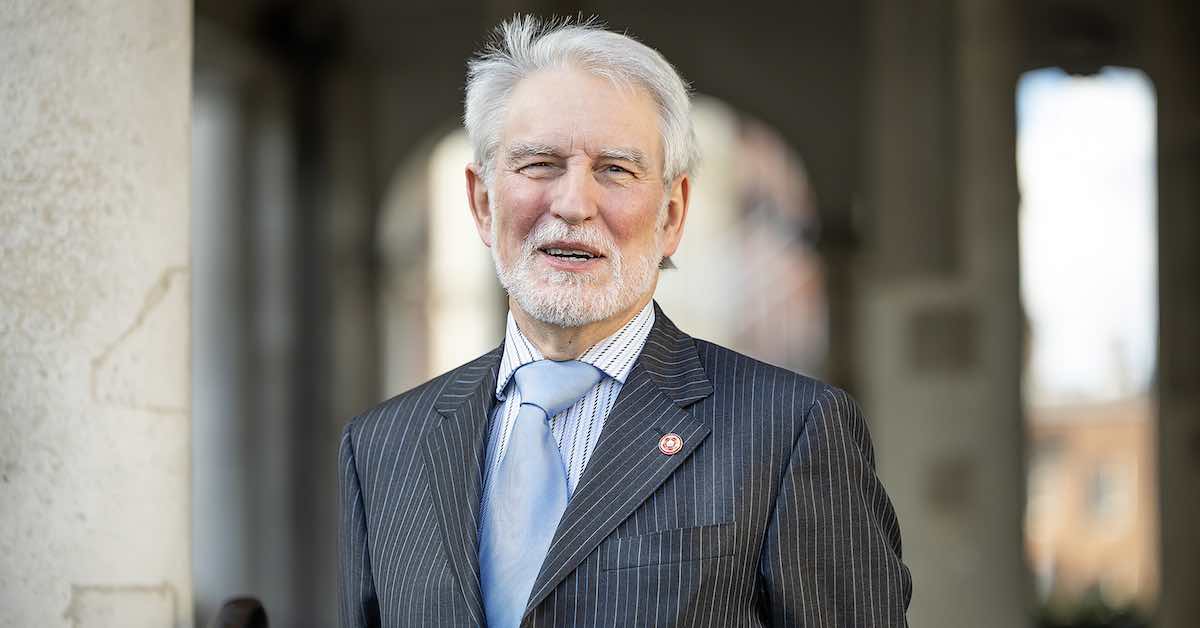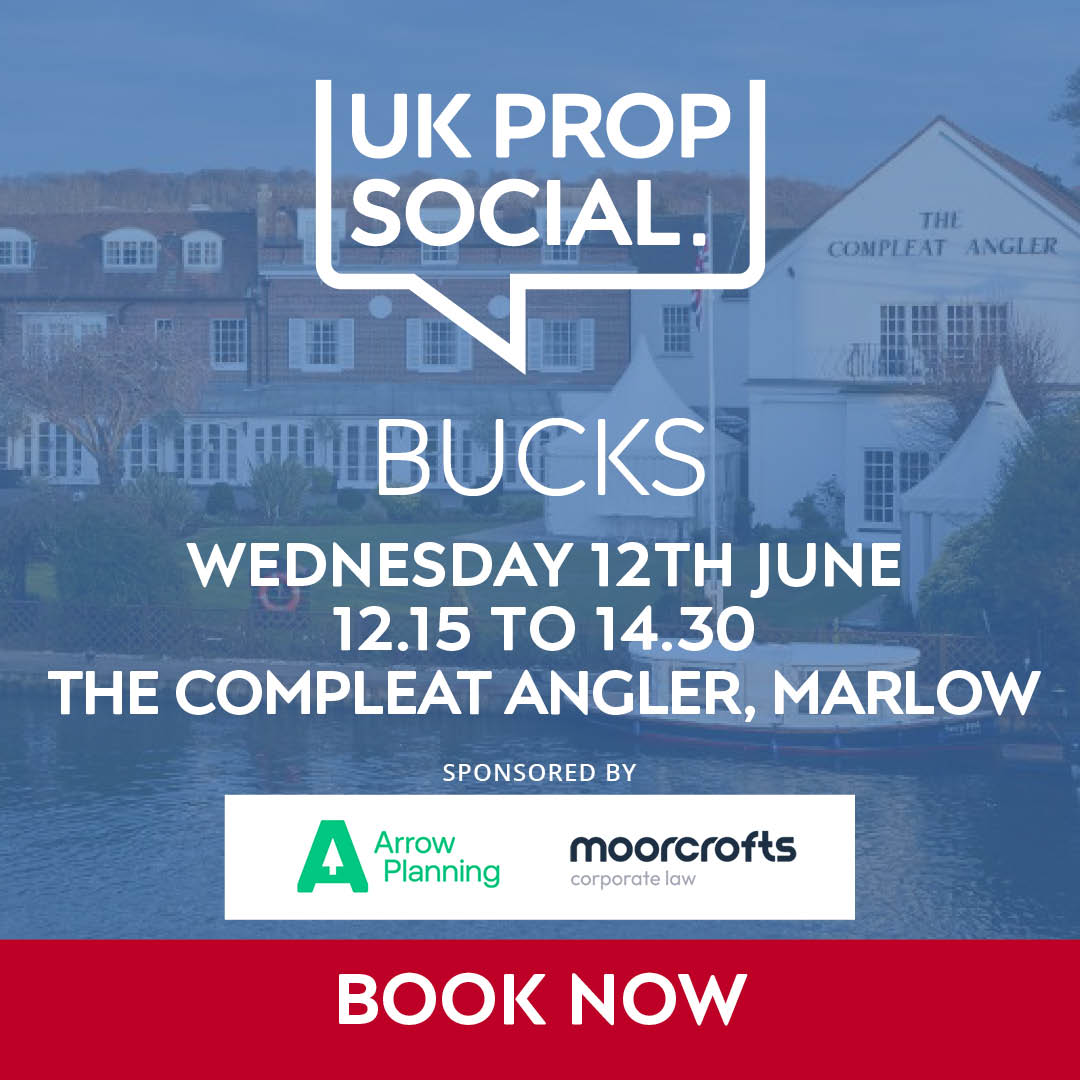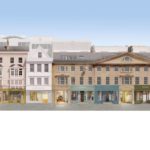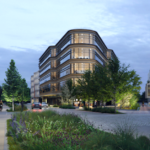Our View from the riverbank comment piece on February 19, comparing the Mechanics’ Institute in Swindon to Thames Lido in Reading, struck a chord with Richard Bennett, chair of Reading Civic Society, who has knowledge of both, and who closely followed the successful transformation of the latter scheme. And it wasn’t plain sailing.
I was interested in the article about the Mechanics’ Institute by Alan Bunce. We took Reading Civic Society members to Swindon some years ago and, of course, had the challenge of the building explained to us.
Sadly, little has changed since. Interesting to see the comparison with Thames Lido which is, as the article rightly implies, the golden, shining star in Reading. In fairness to Swindon Council, Reading Council did not have a blinking clue what to do with the old building themselves.
It was a pool too far and would not have fitted the general model for council pools. Whilst the empty building and the ‘pool’ had been used for some years by the Reading Sub Aqua Club, to all intents and purposes, it was closed to members of the public in 1974 and deteriorated.
The King’s Meadow Campaign (KMC), led by Bob O’Neill, Anne Green Jessel and others, had a vision of public use again for the pool. To secure some protection for the building, they submitted an application to Historic England for it to be added to the National List.
Their first the application was turned down. However, undaunted, they went back to Historic England emphasising the significance of the ironwork, made in a foundry in Vastern Road and with the coat of arms of Reading at the top.
After this evidence was considered, Historic England, somewhat exceptionally, changed its mind and the building became Grade II-listed in 2004. I wonder how Historic England would feel about its, initially flawed, assessment now!
I understand, from former Reading borough councillor Richard Stainthorp, that the council was two weeks away from getting the bulldozers in – and this was only stopped by the listing.
The council, with no money to restore, develop and run the pool themselves, invited bids from those interested in restoring and developing the baths.
In 2005 the council decided to appoint new agents to market the site. In 2008, offers had been received, including from the KMC.
Ideas which came forward included a hotel, private swimming pool (as part of a hotel), restaurant, café, ice rink, function hall, cultural centre, open air theatre and market.
The KMC developed further ideas for its future use. They opened up the building so members of the public could see its magic and sought feedback on their ideas.
The Reading Civic Society committee reviewed those ideas in Feb 2013 – unfortunately we could not see them ever being viable. In fairness to KMC, we also had concerns at how a commercial operator would make it all work financially. Just shows what we knew!
An article on getreading.co.uk by Alan Bunce August 2013 reported that the King’s Meadow Campaign team had given up their efforts to raise enough cash to turn the building into a community hub and had stopped taking donations.
The following month, Reading Borough Council voted to give Arne Ringner and his management team from Bristol Lido, the opportunity to develop the site. Planning consent for the proposal, as now delivered, was given in December 2014 with a 250-year lease. The lido opened in October 2017.
The journey was not smooth, however. In March 2014, articles in the Reading Chronicle cite Arne Ringner commenting about the planning process and the council ‘… dragging its heels which is adding £10k to the bill every month’, (the building was being held up by scaffolding).
Response from the council was ‘the delay is caused by a backlog of planning applications’ – an issue that still has not been fixed. Why does the council not charge developers more so it can recruit staff to enable planning to progress at pace? Applicants would save money in the end.
In 2016 Arne Ringner, the owner of Thames and Bristol Lidos. took three groups of Reading Civic Society members around the site. It was two years into its restoration programme and a year before it would be finished.
Our group included, not only society members, but members of other groups we felt would be interested. We were all struck by the group’s imagination and vision.
Their finance model, with investors from Bristol Lido investing in the Reading Lido project, enabled them to pull off a long restoration with patient and committed investors. Thank goodness.
As the Thames Tap article says, it was a three-year restoration. Arne told us it cost £3 million. He has always been very clear that viability of the lido depends on a variety of income streams; swimming, spa, bar, restaurant and the meeting facility. He told us, during our 2016 visit, that given the location any one business on its own would fail in a month.
To quote the current Mayor of Reading Cllr Tony Page in March 2015 (Reading Chronicle): ‘We now have a deal that will allow us to confirm a brand new facility for the people of Reading at no cost to the public purse’.
The lido is NOT a closed private club. Whilst there are members, the facilities may be used by members of the public using their Passport to Leisure cards, the restaurant, bar, meeting rooms and spa are also open for public use.
Many of the comments in the papers at the time were negative, along the lines of ‘The policy committee has disposed of another historic building to the detriment of the town..’
I think, however, this example shows it is a matter of finding a bidder with a good vision for the future use of a heritage building and the ability, and the money, to ‘pull it off’. I wonder what the negative commenters think now. Certainly, one of the leading KMC team loves it.
Chatting to the lido team this week, they say that business is up now compared to last year. It shows that a good heritage-led restoration can do good things. It can bring people to Reading.
As a member of the lido since it opened, I am ever so slightly biased. I think, however, that many of us thank goodness that it was the team from the Bristol Lido which was selected. You only need to be in the bar area to see people new to the lido and come to look at it in awe.
However, the business needs to adapt. It has recently applied to install solar panels, which will complement its drawing of power from the nearby turbine. It has also applied to extend its car parking area. Whilst the plans for the added car parking space appear to us to be discreet, initial comments by council planners suggest they are in anti-parking mode. They really need to go to see it at work.
In 2018, the society nominated the project for the Civic Voice Design Awards where it was Highly Commended and the Historic England Angels Awards where it was Commended.
So to go back to the Mechanics’ Institute and to quote from the article: “It would seem those working with good intentions to save and restore the Mechanics’ need an injection of flair and ambition and a fair amount of entrepreneurial thinking, not something councils are known for.
“Whether it becomes a cultural destination, a theatre, a church, a place of learning or a Wetherspoons, someone outside the public sector needs to make Mechanics’ Institute great again.”
The lesson of the lido is that multiple businesses are required, along with what is probably an unusual business model, to finance it. Being wistful about historic buildings is not enough. Vision, pragmatism and viability are key.
A challenge for a Big Lottery Community Fund winner perhaps?
© Thames Tap (powered by ukpropertyforums.com).
Sign up to receive our weekly free journal, The Forum here.






































Well said Richard. While I am a proud Reading resident we do have relatively few buildings and resources which mark us out from any other town. I have relatives in Bristol and that city does seem to have many more quirky and interesting, diverse shops and facilities. I wonder whether the council can attract some of these more interesting outlets to our town so that we are not just a carbon copy of any other British high street,